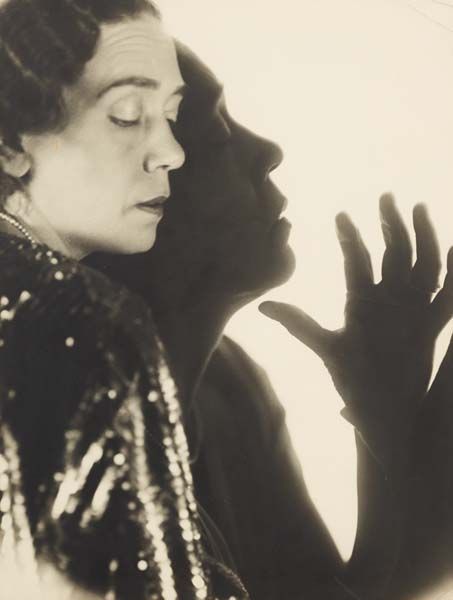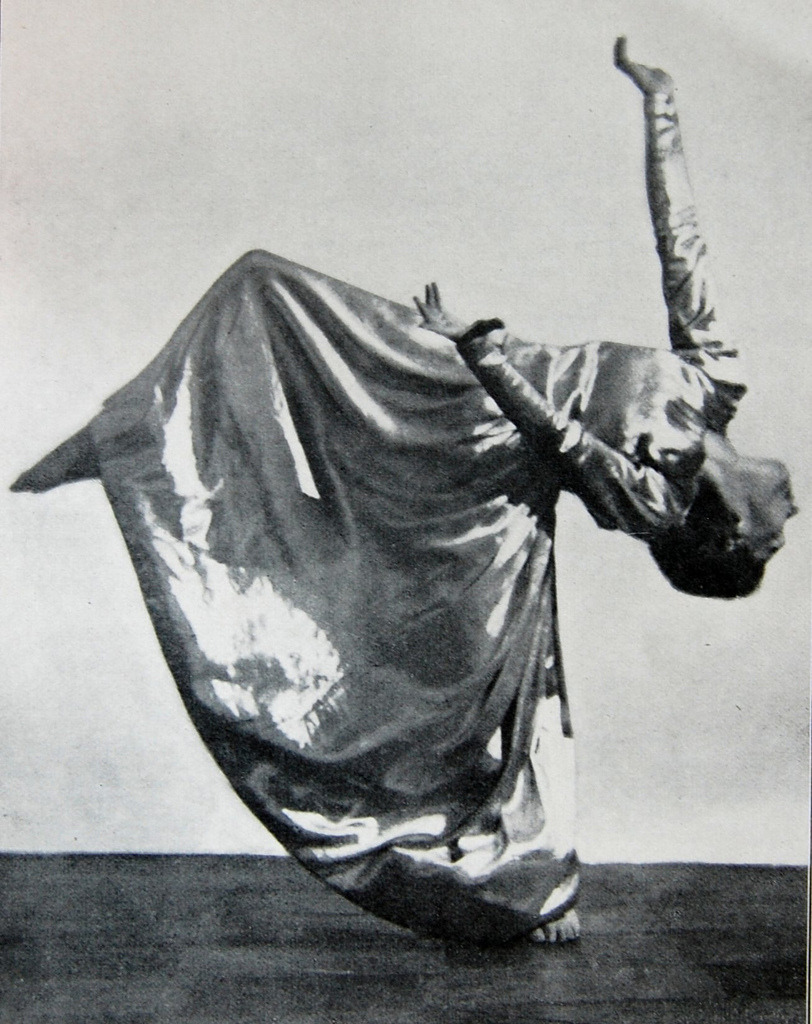 I think that Wigman, who is not like Laban believed that a superior value for dance depended on the ability of dance performances to move audiences, not on a theoretical perspective that transcended dancers and dances. She had no interest in establishing an alternative system for institutionalizing body culture, and pedagogical objectives for her always remained subordinate to the task of discovering and perfecting her own artistic expression. She did not question the spatial contexts designated for dance before World War I, even in such a complicated production as Totenmal;indeed, all her dances fit well on the most conventional municipal stages. They also toured comfortably because Wigman did not favor elaborate scenographic effects, although her powerful dramatic sense entailed a very imaginative use of costumes. But she and Laban did have some beliefs in common. Like her former teacher, Wigman linked a superior value for dance to a heightened condition of abstraction established through movement, not body type, music, or narrative convention. She shared with Laban an inclination toward mystical signification, but she did not veil her feelings, as he did, in foggy crypticity. Wigman was great because she brought to dance an unprecedented magnitude of tragic feeling. I think for her, modern dance had to go well beyond the naive expressions of joy, innocence, and decorative idealism the public had come to expect since the heyday of Isadora Duncan: she tied conditions of ecstatic liberation to conditions of heroic sacrifice.
I think that Wigman, who is not like Laban believed that a superior value for dance depended on the ability of dance performances to move audiences, not on a theoretical perspective that transcended dancers and dances. She had no interest in establishing an alternative system for institutionalizing body culture, and pedagogical objectives for her always remained subordinate to the task of discovering and perfecting her own artistic expression. She did not question the spatial contexts designated for dance before World War I, even in such a complicated production as Totenmal;indeed, all her dances fit well on the most conventional municipal stages. They also toured comfortably because Wigman did not favor elaborate scenographic effects, although her powerful dramatic sense entailed a very imaginative use of costumes. But she and Laban did have some beliefs in common. Like her former teacher, Wigman linked a superior value for dance to a heightened condition of abstraction established through movement, not body type, music, or narrative convention. She shared with Laban an inclination toward mystical signification, but she did not veil her feelings, as he did, in foggy crypticity. Wigman was great because she brought to dance an unprecedented magnitude of tragic feeling. I think for her, modern dance had to go well beyond the naive expressions of joy, innocence, and decorative idealism the public had come to expect since the heyday of Isadora Duncan: she tied conditions of ecstatic liberation to conditions of heroic sacrifice. 

I think Wigmans developed and improved the impromptu dance and dance without music. In creative thinking, she advocated "no ecstasy, no dance; no form, no dance," the physical and psychological monism. In dance composition, she basically used Laban’s three elements, which are space, time and energy. For action principle, she proposed "a relaxation of tension," as the basic law.
ReplyDeleteI want to comment specifically on the institutionalization of body culture. To institutionalize means to "incorporate into a structured and often highly formalized system". In essence, the institutionalization of dance would mean that movement becomes regularized and formalized; there would be no new work. I respect Wigman because she did not create an institutionalized style or system, which allowed her to move beyond what was already known in the realm of dance.
ReplyDeleteThis is a rich distinction. Open up how I think about teaching dance technique!
DeleteI appreciate Wigmans,because she is creative dancer.She is good at creating some new styles and new forms.Some of her ideas are really amazed in that age,but today we can find they are the evidences about his creativity.They are the developments for Wigmans.
ReplyDeletewingman is a brilliant dancer in that time. her creative movement and dance style impressed me by author introduction. maybe no wingman our dance would be another style
ReplyDelete